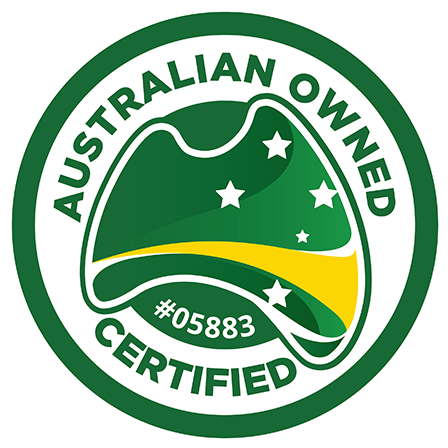Typography and fonts hold the power to transform the way users perceive and interact with a website. From conveying emotions to establishing brand identity, the choices you make in typography can have a profound impact.
Understanding Typography: More Than Just Letters
Typography isn’t just about arranging letters and characters; it’s the art of shaping written language to enhance readability, evoke emotions, and establish a visual identity. It’s the reason why reading a well-designed website feels effortless and enjoyable.
The Role of Typography in Web Design
- Visual Hierarchy: Typography creates a hierarchy that guides users through content. Bold headings and subtle body text work together to present information in a structured manner.
- Branding Expression: The fonts you choose can reflect the essence of your brand. Whether it’s a playful script font for a creative brand or a sleek sans-serif for a modern one, typography speaks volumes.
- Emotional Connection: Fonts carry emotional connotations. A vintage-style font might evoke nostalgia, while a clean and minimal font exudes modernity.
Choosing the Right Typeface and Font
- Serif vs. Sans-Serif: Serif fonts, with their small decorative lines, evoke tradition and formality. Sans-serif fonts, without these lines, provide a contemporary and clean look.
- Combining Fonts: Pair fonts that contrast yet complement each other. Use a bold, attention-grabbing font for headings and a simple, readable one for body text.
- Brand Alignment: Select fonts that align with your brand’s personality. A serious finance website might opt for professional fonts, while a lifestyle blog could embrace a more casual style.
Typography in Action: Real-World Examples
- Apple: Apple’s clean, minimalistic design ethos is reflected in their use of the sleek and simple San Francisco font, which echoes their product aesthetics.
- Vogue: The Vogue website’s elegant and sophisticated brand image is conveyed through the use of high-fashion, stylish fonts that mirror their print magazine.
Practical Tips for Effective Typography
- Prioritise Readability: Opt for fonts that are easy to read, especially for longer passages of text. Font size around 16px to 18px is generally comfortable for body text.
- Consider Line Spacing: Appropriate line spacing prevents text from feeling cramped. Adequate space between lines enhances readability and makes content more digestible.
- Hierarchy Matters: Vary font sizes, weights, and styles to create a clear hierarchy. This guides users through the content and emphasises key elements.
- Cultural Context: Be mindful of cultural associations attached to fonts. What conveys playfulness in one culture might be seen as informal in another.
- Responsive Typography: Ensure that fonts adapt to different screen sizes. What looks great on a desktop should also be legible on a mobile device.
Final Thoughts
Typography and fonts are the unsung heroes of web design, contributing significantly to user experience and brand identity. They guide us through content, evoke emotions, and create memorable experiences. Choose the right typeface, understand hierarchy, and balancing aesthetics with functionality, you can harness the power of typography to craft websites that are not only visually appealing but also deeply engaging. So, let the letters speak, the fonts resonate, and your web design truly shine.



 ABN: 58 196 482 040
ABN: 58 196 482 040